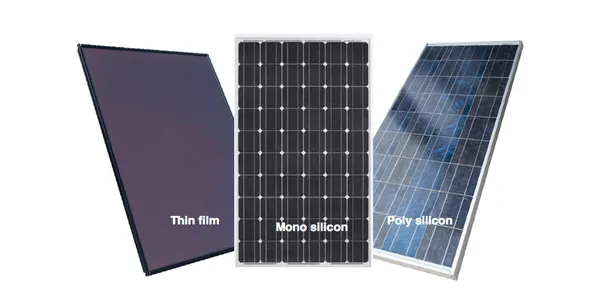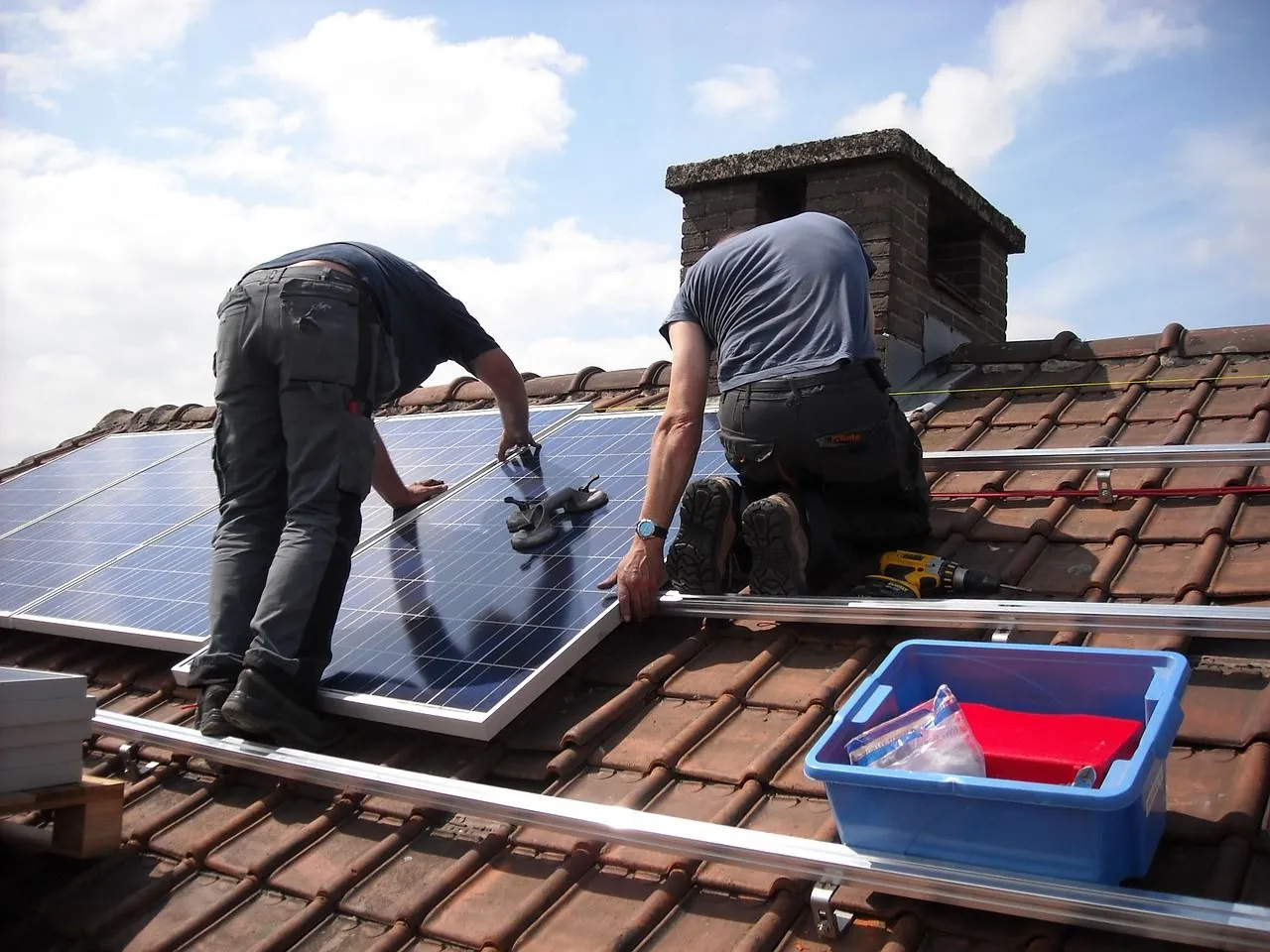Welcome to this series where I will be sharing my journey to learn about solar energy. I am quite ignorant regarding electricity in general but I am to learn enough on this matter till I can feel knowledgeable enough to buy and install panels in the forest shelter. If you want to support me in this adventure learn more here.
Today I begin reading a book called "Photovoltaic Solar Energy" by Oscar Perpiñán Lamigueiro and while going through the intro he mentions that the most common panels for home are able to offer 100 w or 200 w of power. So I went online and searched "200 w solar panel" and found one that specified it was built with monocrystaline cells.
Sooooooo, what does that mean??!!
I guess that gives us a good starting point for this series about solar panels, it would be a basic thing to know the different materials from which they are built and their advantages, as well as their disadvantages (we'll get into what 200 w means on another post).
There are three main types of solar panels:
- Monocrystalline
- Polycrystalline or multi-crystalline
- Thin-film

According energysage.com monocrystalline are the highest efficiency and performance type, but they are also the most expensive. Polycrystalline would be the middle alternative, they have lower cost than mono, but also lower performance. Finally, thin-film are the cheapest and the lowest performing kind of solar panel, though they have the advantage of being lightweight and flexible.
The website exsolar.co.za puts it like this:
"Monocrystalline cells have a higher efficiency than polycrystalline cells due to the structure being made from one large crystal as opposed to many small ones. In addition to having an overall better efficiency, monocrystalline panels can perform up to 10% better than polycrystalline panels in high ambient temperatures.
Thin film are lest efficient in terms of power production but very efficient in materials required to produce the same power."
sempersolaris.com indicates that the efficiency for each type of panel is:
- Monocrystalline: 15% to 20%
- Polycrystalline: 13% to 16%
- Thin Film: Caps at 13% though improvements might lead them to 10% - 16%
While most monocrystalline and polycrystalline panels are made from silicon, thin film can be made from cadmium telluride, amorphous silicon, or copper indium gallium selenide. It is said that thin film panels are pretty new and under development so they could eventually offer better performance.
Ok, so I'll keep these posts short, trying to focus on a specific topic each time so that the information can be easily organized later. All posts will be published under the tag #learnsolar so that it becomes easy to look them up as time passes.
Now to the tagging of all those who manifested interest in the first post. If you want to stop being tagged let me know in the comments, and if you're here for the first time and want to be tagged in further posts let me know as well.
@eco-alex @wwwiebe @abdulhamids @cryptoxicate @quinnertronics @cliffagreen
Stay well and know that the best solar panel you'll ever have is your skin 😌

